
PCT2075GVX: Applications and Benefits in Temperature Sensing
Global electronic component supplier ERSAELECTRONICS: Rich inventory for one-stop shopping. Inquire easily, and receive fast, customized solutions and quotes.
What are Temperature Sensors?
Temperature sensors, which are essential for maintaining the correct operation and safety of many systems, are devices that measure temperature and translate it into an electrical signal for data collection, monitoring, and control. There are several varieties of temperature sensors, such as semiconductor temperature sensors, thermistors, thermocouples, and resistance temperature detectors (RTDs), each with specific properties and uses.
Video related to Temperature Sensors
What is PCT2075GVX?
.jpg?x-oss-process=image/auto-orient,1/quality,q_70/format,webp)
NXP Semiconductors' PCT2075GVX is a digital temperature sensor designed for precise temperature measurement. It combines a temperature sensor with a digital output, making it ideal for applications that require precise and dependable temperature monitoring. The sensor interacts via the I2C bus, allowing for simple integration into a variety of devices.
Features of PCT2075GVX
The PCT2075GVX is a great option for temperature sensing applications because of the number of characteristics it offers.
High Accuracy: The sensor yields dependable data by measuring temperatures precisely and with a little mistake.
Digital Output: Its I2C-compatible digital output makes integrating it with microcontrollers and other digital systems easier.
Wide Temperature Range: The sensor is appropriate for a variety of situations because it can measure temperatures between -55°C and +125°C.
Low Power Consumption: The PCT2075GVX requires little electricity to operate, which makes it perfect for applications that run on batteries.
Programmable Resolution: The resolution of the sensor can be set by users to strike a compromise between power usage and measurement accuracy.
Thermal Alarm Function: To improve safety and monitoring capabilities, it has an alarm feature that sounds when the temperature rises above a predetermined level.
Specifications of PCT2075GVX
Understanding the technical specifications of the PCT2075GVX is crucial for proper integration and application. Here are the main specifications:
Temperature Range: -55°C to +125°C
Accuracy: ±1°C (typical) from -25°C to +100°C
Resolution: 9-bit to 12-bit (programmable)
Supply Voltage: 2.7V to 5.5V
I2C Interface: Standard and Fast mode (up to 400 kHz)
Power Consumption: 50 µA (typical in standby mode), 200 µA (typical during conversion)
Package Options: SO8, TSSOP8, and HVSON8
PCT2075GVX VS Other Temperature Sensors
Here's a table highlighting the key features of the PCT2075GVX temperature sensor versus other common temperature sensors:
|
Feature |
PCT2075GVX |
LM35 |
DS18B20 |
TMP36 |
ADT7420 |
|
Manufacturer |
NXP Semiconductors |
Texas Instruments |
Maxim Integrated |
Analog Devices |
Analog Devices |
|
Type |
Digital (I2C) |
Analog |
Digital (1-Wire) |
Analog |
Digital (I2C/SPI) |
|
Temperature Range |
-55°C to +125°C |
-55°C to +150°C |
-55°C to +125°C |
-40°C to +125°C |
-40°C to +150°C |
|
Accuracy |
±1°C |
±0.5°C |
±0.5°C |
±1°C |
±0.25°C |
|
Resolution |
0.125°C |
Analog Output |
9 to 12-bit configurable |
Analog Output |
16-bit |
|
Supply Voltage |
2.7V to 5.5V |
4V to 30V |
3.0V to 5.5V |
2.7V to 5.5V |
2.7V to 5.5V |
|
Interface |
I2C |
Analog |
1-Wire |
Analog |
I2C/SPI |
|
Power Consumption |
Low (active: 200 µA, shutdown: 1 µA) |
Low |
Low |
Low |
Low |
|
Package |
SOT23-5, TSSOP8 |
TO-92, SOIC-8 |
TO-92, SOIC-8 |
TO-92, SOIC-8 |
LFCSP, MSOP |
|
Special Features |
Programmable hysteresis and alarm |
Simple analog output |
Unique 64-bit serial code, waterproof |
Low voltage operation |
High accuracy, wide temperature range |
Applications of PCT2075GVX
The PCT2075GVX is employed in a variety of applications thanks to its excellent precision, digital output, and low power consumption. Here are a few areas where this sensor excels:
Automotive Systems
Accurate temperature monitoring in automotive systems is critical to assuring safety and performance. The PCT2075GVX is utilized in:
Engine Management: Engine management involves monitoring engine temperature to improve performance and prevent overheating.
Climate Control: Ensuring correct temperature management in HVAC systems to enhance passenger comfort.
Battery Management: Monitoring battery temperature to improve electric vehicle performance and safety.
Consumer Electronics
The PCT2075GVX in consumer electronics guarantees the dependability and security of a range of devices, such as:
Smartphones and Tablets: Checking the temperature of the device to avoid overheating and maximize efficiency.
Wearable Devices: Ensuring precise temperature reading in smartwatches and fitness trackers.
Home Appliances: regulating the temperature of air conditioners, ovens, and freezers.
Industrial Automation
The PCT2075GVX offers precise temperature readings for process management and monitoring in industrial settings:
HVAC Systems: Providing heating, ventilation, and air conditioning systems with the best performance and energy economy.
Process Control: keeping an eye on temperature to guarantee quality and security in industrial operations.
Environmental Monitoring: Recording and analyzing temperature data in a variety of settings.
Healthcare
In healthcare, accurate temperature measurement is essential for patient safety and equipment performance. The PCT2075GVX is utilized in:
Medical Devices: Incubators, patient monitors, and diagnostic equipment are all examples of medical devices that measure temperature.
Laboratory Equipment: Maintaining precise temperature control in incubators, refrigerators, and freezers.
Wearable Health Monitors: Wearable health devices can accurately measure temperature.
How to Integrate PCT2075GVX?
For best results, the PCT2075GVX must be integrated correctly. To get you started, consider the following guidelines:
Electrical Connections
Power Supply: Make sure the power source is steady and operates between the 2.7 and 5.5 volt voltage range.
I2C Interface: Attach your microcontroller's SDA and SCL lines to the appropriate pins. Utilize pull-up resistors as the I2C protocol specifies.
Grounding: To reduce noise and guarantee precise measurements, make sure the grounding is done correctly.
Mechanical Mounting
Package Type: Based on your application and PCB design, select the right package (SO8, TSSOP8, or HVSON8).
Thermal Considerations: Place the sensor in a location where it can accurately measure the target temperature without interference from other heat sources.
Software Configuration
I2C Communication: Set up the I2C bus on your microcontroller so that it can connect to the PCT2075GVX. Utilize the proper drivers and libraries to streamline development.
Resolution Settings: Change the sensor's resolution to suit the needs of your application. Power consumption rises with higher resolution, but measurements are more accurate.
Alarm Function: To improve safety and monitoring, set the thermal alarm thresholds and activate the alarm function.
PCT2075GVX Considerations
When using the PCT2075GVX, consider the following factors to ensure optimal performance:
Environmental Conditions
Operating Temperature Range: To preserve accuracy, make sure the sensor operates within the designated temperature range of -55°C to +125°C.
Humidity: To prevent damage and guarantee dependable functioning, shield the sensor from high humidity and moisture.
Electrical Interference
EMI/RFI Shielding: Apply shielding to insulate the sensor from radio frequency interference and electromagnetic interference (EMI/RFI).
Signal Integrity: To preserve signal integrity and reduce noise, use appropriate PCB designing strategies.
Power Management
Low Power Modes: To save power in battery-powered applications, make use of the sensor's low power modes.
Power Supply Stability: To preserve precise measurements and dependable communication, make sure the power supply is stable.
Conclusion
The PCT2075GVX temperature sensor is very adaptable and precise, making it appropriate for a wide range of applications. Its high precision, digital output, low power consumption, and customizable resolution make it an excellent choice for automotive, consumer electronics, industrial automation, and healthcare applications. By understanding its features, technical specifications, and integration instructions, you may use the PCT2075GVX to improve the performance and reliability of your temperature sensor projects.
Related Articles
- ·Transistor Symbol: The Blockbuster Guide (With Zero Boring)
- ·ICD Electronics: Tiny Lightning, Relentless Reliability
- ·Smart Pill Dispensing Electronics: From Missed Doses to Mission Control
- ·Conditional Access Module (CAM): The Pay-TV Gatekeeper Engineers Actually Enjoy Reading About
- ·NC Formula Semiconductor: The Blockbuster Guide You Didn’t Know You Needed
- ·Electrosurgery Electronics: Turning RF Into a Surgical Superpower
- ·Endoscopic Imaging Electronics: Tiny Optics, Big Picture
- ·Instrument Cluster: The Dashboard Wizard That Makes You Feel Like Iron Man
- ·X-ray & CT Electronics: From Kilovolts to Reconstruction
- ·MRI Core Electronics: From Quench to K-Space



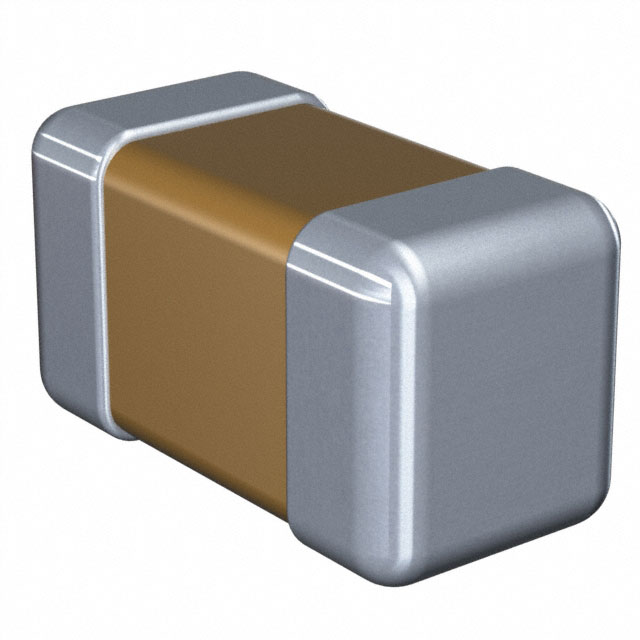
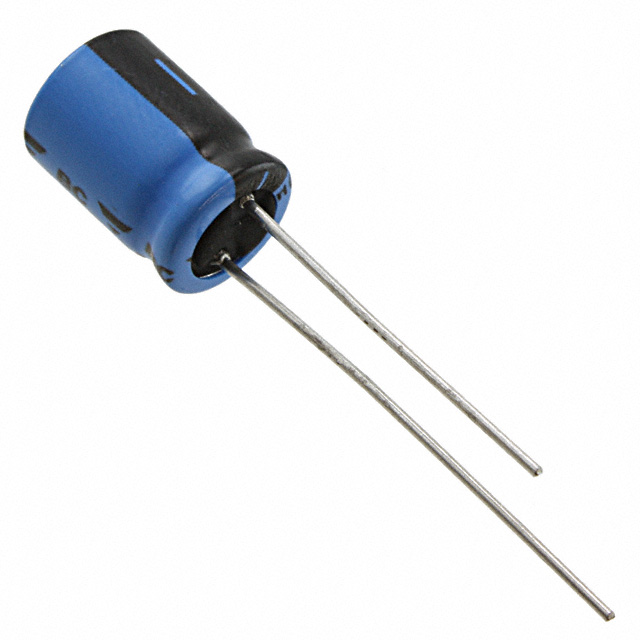
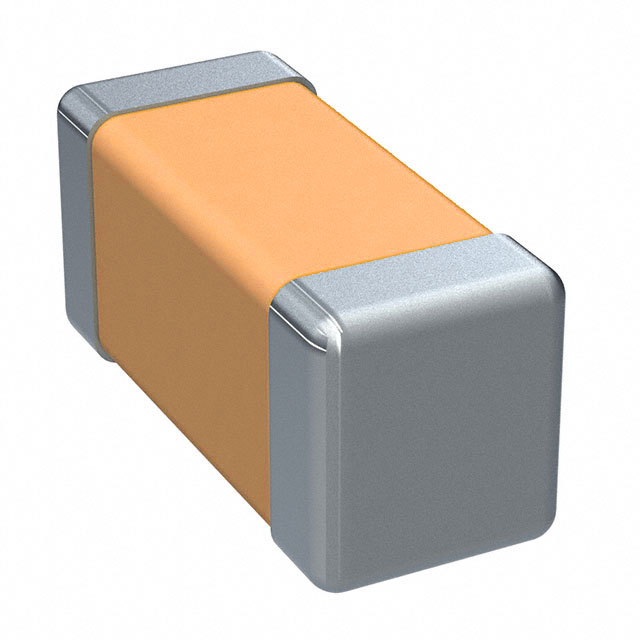
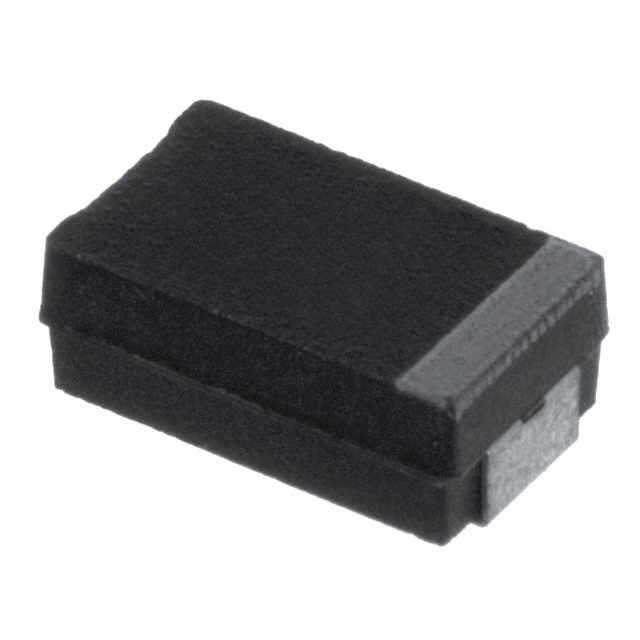
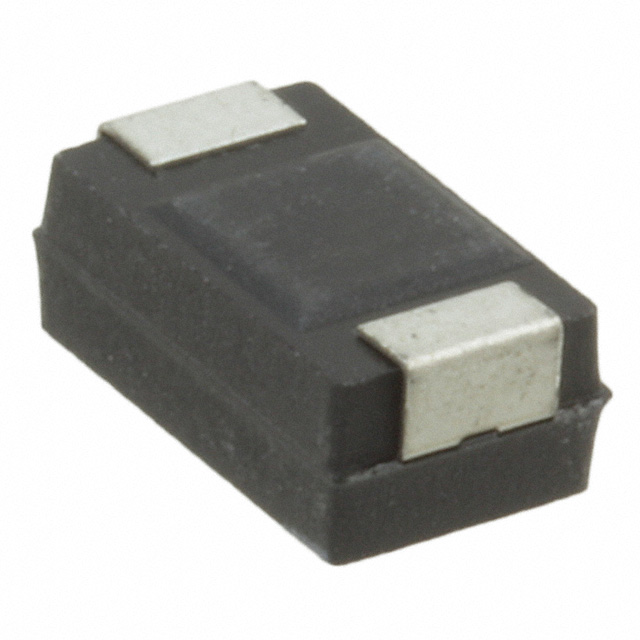







.png?x-oss-process=image/format,webp/resize,h_32)










